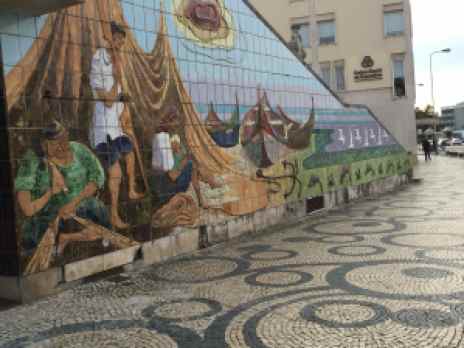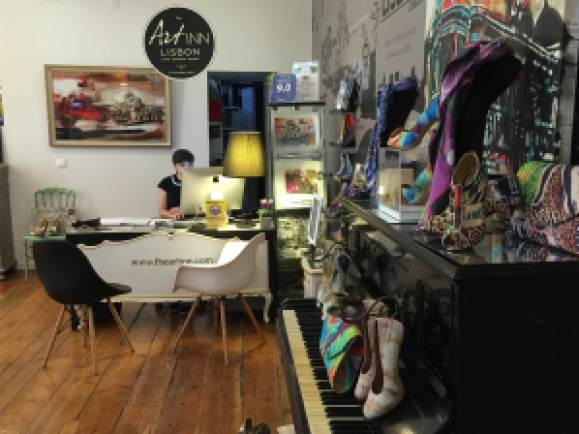This is the month for news from UCDavis. My partner forwarded another email with news of the latest research on winery wastewater. Again, I could not resist sharing.
WINERY WASTEWATER A VIABLE WATER SOURCE FOR VINEYARDS
Making wine requires water beyond what it takes to grow grapes. There
are bottles to wash, barrels to scrub and floors to clean. But what
if the water left over from all that cleaning was treated and reused
to irrigate vineyards? It sounds like a promising practice,
especially during a drought, but would it hurt the vines, the soil or
even the wine?
To find out, scientists at the University of California, Davis,
assessed winery wastewater samples monthly over two years at 18
wineries in the Napa and Lodi regions of California. In two recently
published studies, they conclude that, under the right conditions,
winery wastewater is a viable water source to irrigate vineyards.
The research provides the first data to support the California wine
industry’s reuse of treated winery wastewater, and it describes
recommended conditions for the practice, with a key focus on salinity
issues.
“This is a good baseline data set to look at and say, ‘Now we know
what’s in our wastewater and what we can do to deal with it before we
put it on the grapes,'” said lead author and UC Davis researcher Maya
Buelow. “Vines are a high cash crop, and growers need to proceed with
caution and gather site-specific soil and wastewater data, but there
are wineries successfully doing this.”
Salt water solution?
The researchers learned that most wineries in the study were already
doing a good job of treating their wastewater through a series of
retention ponds and other treatment systems. Salts, however, remain a
challenge.
Salt concentrations affect how water moves through the soil. Salts
are usually introduced into the wastewater by cleaning agents, and
they are not removed by treatment systems.
However, the study found that levels of salts at the wineries were
usually below thresholds for most wine grape rootstocks and soil
salinity hazards.
There’s also a trend within the wine industry to switch from
sodium-based to potassium-based cleaners. The study examined the
risks and benefits of such a shift for specific soil types. The
scientists emphasize that further research is needed to develop best
management guidelines, but their results indicate that:
* Soils dominated by montmorillonite, a clay mineral, could benefit
from shifting to potassium-based cleaners.
* Both types of cleaners may negatively affect soils dominated by
vermiculite.
* Neither type of cleaner reduced infiltration rates in soils with
kaolinite, also a clay mineral.
Not just grapes
“This is very applicable to nearly every agricultural system out
there,” Buelow said. Many other segments of the food industry produce
significant amounts of wastewater, such as dairy, pig, poultry and
food processing operations. “There are opportunities for them to
reuse wastewater, as well,” she said.
The winery wastewater survey was published in the American Journal of
Enology and Viticulture and funded by the Kearney Foundation of Soil
Science. Co-authors include Kerri Steenwerth, Lucas Silva and Sanjai
J. Parikh of UC Davis.
The salinity and soil study was published in the journal Agriculture
Water Management. It was funded by the Kearney Foundation, as well as
the Henry A. Jastro-Shields Scholarship, and co-authored by
Steenwerth and Parikh.



